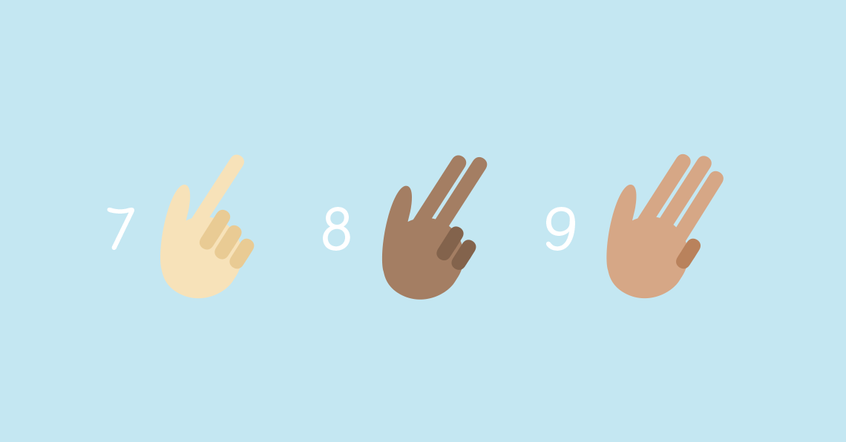7 tips for teaching the language of maths to deaf learners
Editor’s Note:
This is an updated version of a blog post published on June 19, 2018
To fully understand maths a child must use many skills associated with literacy: speaking, listening, reading and writing. For deaf children attending a mainstream school this can prove challenging as their language skills may not be the same level as their peers. Often, the gap can be as wide as 3 years.
A big reason for this gap lies in the difference between spoken and signed language. While not all deaf children communicate using a signed language, an understanding of the differences can help teachers make maths lessons more accessible. It’s important to remember that signed languages are very different from English in terms of grammar (e.g. question words at the end of a sentence) and a lack of determiners (the, is, and). As questions are presented in English in lessons and tests, this can be problematic for deaf children.
To help, we’ve pulled together some tips for supporting deaf learners in your maths classroom:
- If possible, start using maths language in problems from an early age so that the children’s understanding can become deeply embedded. Ask the children a mathematics based question every day by incorporating it into their play: “how many dolls are there at your party?” or “are you going to share those cakes with your friends?”.
- Before or after lessons, ask deaf students a maths question with target language and practice answering it with them. This will give them extra exposure to the language of maths. You could provide a word map linking an operation to the vocabulary that the children can reference. As they gain confidence, ask them to answer questions more independently.
- In word problems, teach the children to underline the key words and numbers they will need to use, so they can remember what they need to do.
- As deaf children can’t rely on what they hear, the use of visuals becomes more necessary. Deaf children may focus on concrete materials a bit longer than hearing children — using fingers, counters, and blocks for example.
- Like other children, deaf children prefer to choose their own method to solve problems. There are a number of methods you can use: number line, column methods, drawing counters, dots. Always have a white board and a board pen to hand so that they can practice.
- Some deaf children need to go at a slower pace. Due to their differing language levels, they may need more time to process the information they have been given, or to think about what they need to do to solve the problem. You can give them more time to answer a question, or if there is a specific task they are stuck on, give them more time to work it out. One good technique is to ask the deaf child a question, then come back to them a couple of minutes later for an answer.
- It’s important that all children can explain how they solved a problem, but this can be tricky for some deaf children. There are several ways to aid them, which can include:
- Allow them to express their answer in any way they can. For example, they may want to write out or draw each stage of their method.
- If they can explain it but it is in British Sign Language order (which structures a sentence differently to spoken English), allow them to do it – it will still show how much understanding they have of what they did, and as they go through the year it will show how much progress they make the more they practice.
- Have the children explain what they did, model how to write it, and give them a word bank to choose from.
- Use a scaffold to help them write down what they did, for example Colourful Semantics.
In the end, it’s important to remember that deaf children are all different. They have different hearing levels, different access to language, different language needs and, possibly, other needs too. All of these tips can be used to support deaf children in developing their mathematical language, but always work with them to define what suits them best.
